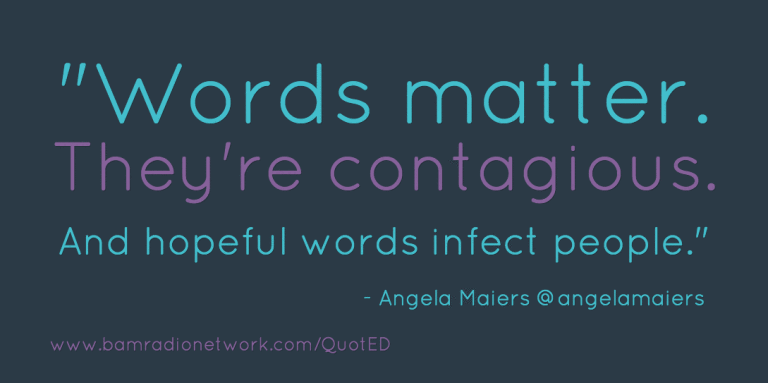Memorial Day: Honoring Those Who Fought; Honoring Those Who Keep Fighting

For many, Memorial Day heralds the beginning of summer with a long weekend, plants tucked safely in the garden, cook-outs, and gatherings with friends and families. And yet, for hundreds of thousands of families and friends, Memorial Day is a day to commemorate and honor their loved ones whose lives have been lost in service and whose courage and heroism has become a fundamental cornerstone of their family’s legacy. Yesterday, like many Americans, I remembered and honored those who have fallen, and yet I am well aware that it is not just one day a year that we acknowledge our fallen servicemen and women. Every day is Memorial Day.
I am compelled to think of those veterans who have returned from active duty who are still struggling with complex issues that interfere with their successful re-entry into the community. On any given night, 39,471 veterans are homeless. 1.4 million veterans are considered at risk of homelessness due to poverty, lack of support networks, overcrowded living arrangements, or lack of subsidized housing.
In addition, a large number of returning veterans—estimated at 20%–suffer from post-traumatic stress disorder. Among those, many also are affected by substance used disorder. These issues are compounded by a lack of family and social support networks and possibly most critical, lack of jobs.
Those who work with veterans agree that one of the most significant remedies to the struggles of veterans is obtaining and sustaining employment. Many assume that because veterans are well-trained in the field, they can readily translate their skills into civilian life. But that isn’t always the case. This is the reason why veterans need training, education, support, and a chance. Most employers agree that veterans make excellent employees.
Here at Fedcap, we are committed to supporting veterans through skills training, job readiness, outreach, and partnerships with local businesses. For example, through our partnership with Easterseals NY, we operate a Red Mango store on Long Island, specifically set aside as a training ground for veterans in a variety of retail management and day-to-day foodservice operations. In addition, we have created internship programs and a variety of services and training in culinary arts.

Early in May, Fedcap has joined forces with the Dixon Center for Military and Veterans Services to ensure that veterans and their families have the supports and services they need within the communities where they live. Together, we are working to break down barriers and drive a new conversation about the most effective way to honor the service of our veterans who have needs that are not being met effectively. The Dixon Center is sought out nationally by a number of veterans’ councils to help guide their efforts to support returning veterans. This is a very exciting and dynamic partnership.
Every one of us can do something to support our veterans who have so bravely served us at home. To begin with, we can find out more about what is happening in our areas to help veterans. In addition, you can donate to community organizations who are working to support job training and career building for veterans.
If you are interested in supporting Fedcap’s work with veterans, feel free to donate by going to this link: http://www.fedcap.org
On this week of Memorial Day, I challenge you to take action just as our veterans took action to support you.
As always, I welcome your thoughts.












